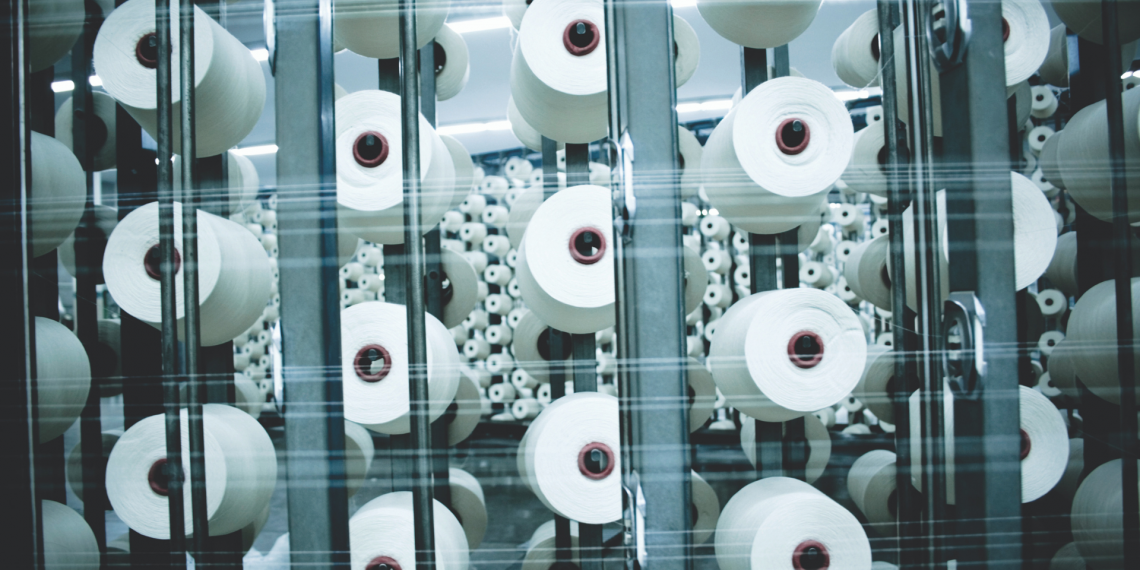What if it were possible to access real-time data on the state of the looms and to monitor performance indicators, while optimising processes and perform predictive maintenance at weaving facilities? The AI4ENGINE project – featuring INESC TEC – combines Artificial Intelligence and Digital Twin technologies to bring a solution capable of contributing to a more sustainable and resilient production process.
The use of data in weaving activities is not new: there are already systems that provide a real-time outlook of production evolution and efficiency. However, much of said information remains to be explored – and this was the challenge that AI4ENGINE aimed to address over the last year; when analysed, these data can provide information that allows monitoring performance indicators, optimising processes and planning the maintenance activities of the looms.
“The AI4ENGINE project aimed to foster innovation and promote the digitalisation of textile production, exploring the significant amount of current data that remains unexplored”, said Rafael Arrais. The INESC TEC researcher explained that weaving facilities and the level of interconnection between looms and management systems vary considerably between companies. Still, even in those featuring more advanced systems, there are some limitations. “Data on the state of the looms is not collected, and there is no remote assistance or support for predictive maintenance and performance optimisation. In addition, data is often incompatible and difficult to integrate”, he added.
This way, the consortium responsible for the project worked on a solution capable of informing about the real-time state of the equipment to enable the monitoring of performance indicators – also providing data that support maintenance activities and the optimisation of the production process.
“We developed digital representation tools that include two modules. A visualisation module, i.e., a web server that shows the state of the factory floor; and a second module acting as a digital twin infrastructure, responsible for communicating with sensors and machines on the factory floor and allowing a digital representation of the real scenario”, said Rafael Arrais.
More specifically, the data on the factory floor are collected through IoT (Internet of Things) devices, sensors, or robots. The information is aggregated in an open-source tool, called Eclipse Ditto, which serves as a visualisation centre and traces a weaving scenario in near-real time. “This solution contains a dashboard, through which users can interact with all data, add, remove or modify digital objects, update or change information, and monitor and process information”. According to the researcher, it is possible to know, for example, the current state of execution, tension or speed of a given loom.
AI4ENGINE – AI for wEaviNG kpIs moNitoring and prediction – was funded under the European Union’s EIT Manufacturing programme.




 News, current topics, curiosities and so much more about INESC TEC and its community!
News, current topics, curiosities and so much more about INESC TEC and its community!